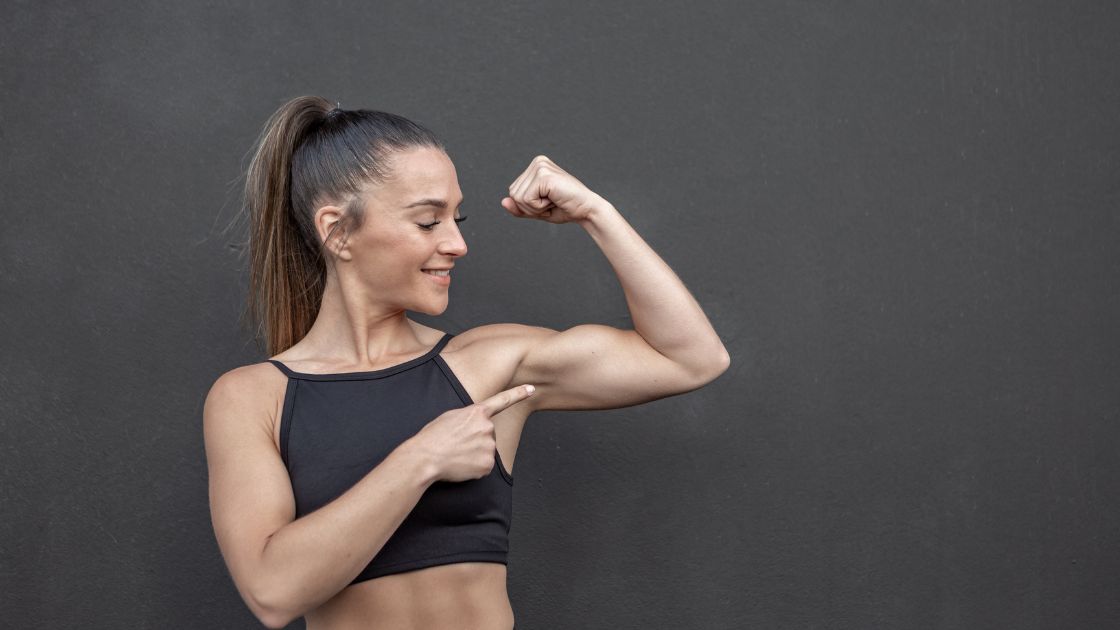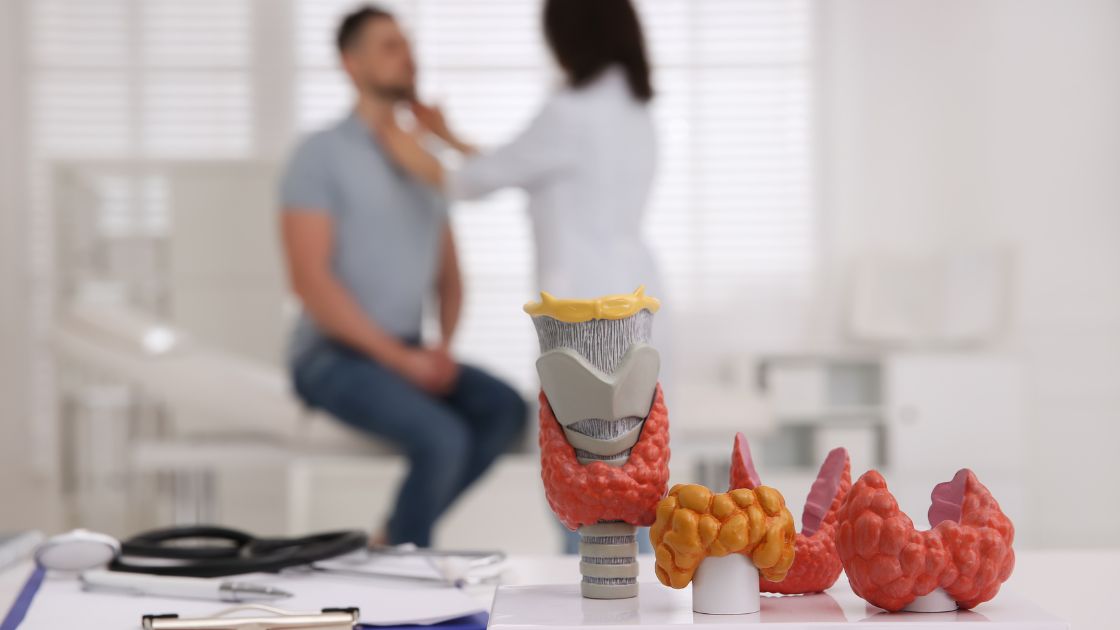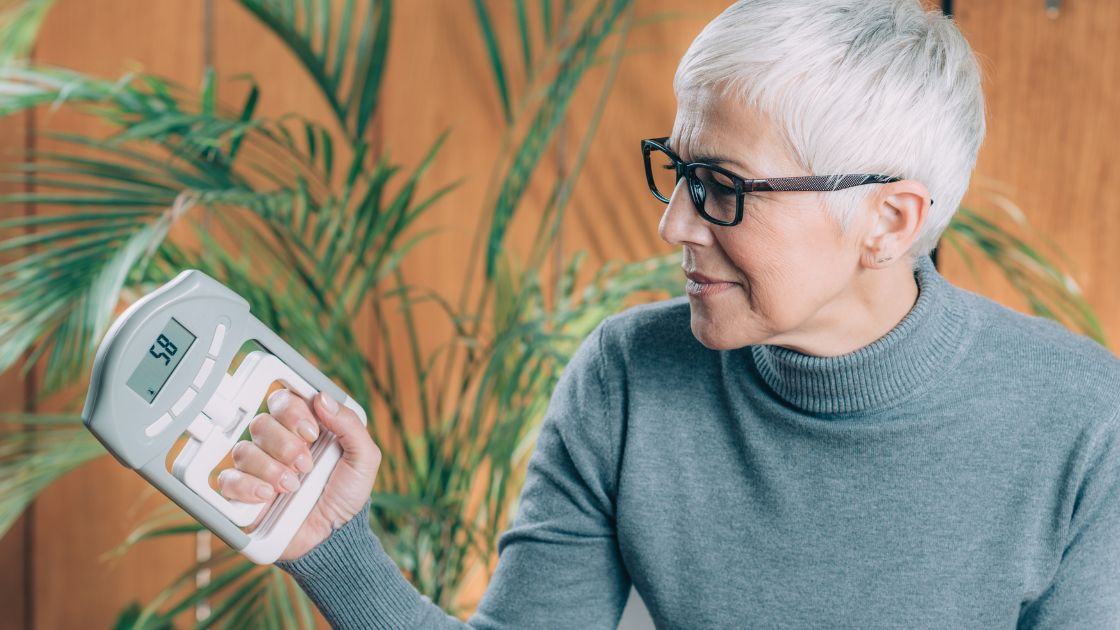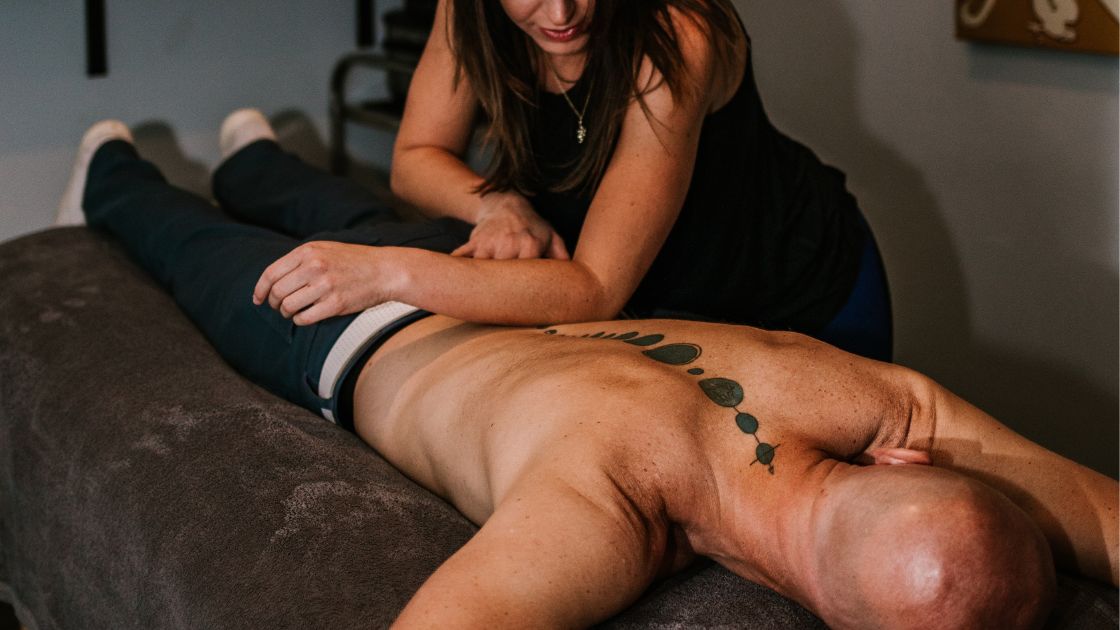How To Keep Your Body Feeling Great Between Massages
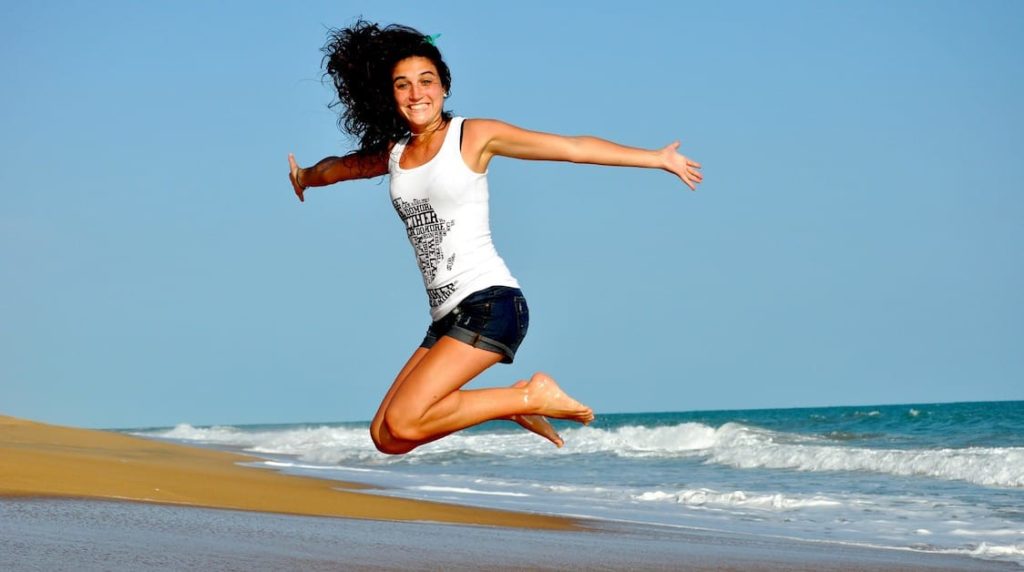
After 7 years of chronic neck and upper back pain, Paige* was not hopeful. Over the years she had visited innumerable massage therapists and chiropractors, yet she was still in pain. As a Hail Mary she booked an appointment with me and for the next 7 sessions we were anatomy sleuths following the trail of clues through the body. I loved working with Paige for many reasons, but one of my greatest joys was each session when she would report that she’d been doing the at-home exercises I recommended. It required a process of elimination to discover what worked and what didn’t, but we would have never found out if she hadn’t shown up for her sessions 100%, in clinic and at home.
Why Is At-Home Care so Important?
One 2016 study estimated that 20.4% of U.S. adults suffer from chronic pain.[1] With such a large percentage of people affected by regular discomfort, a routine of personal care is essential. The suggestions I give to clients will depend on their unique needs; however, there are a number of at-home practices that nearly every person can benefit from. I will cover three basic practices that I use in my daily life to maintain wellbeing: hydration, foam rolling, and strength exercises.
Why Do We Need to Stay Hydrated?
The first simple yet mighty practice is hydration. Water is a vital component for many bodily functions. It provides cushioning for our joints (synovial fluid) and nervous system (cerebrospinal fluid), helps us remove waste products through the kidneys (urine), and helps regulate body temperature through sweating.[2] Without sufficient hydration the body will have to work harder to function smoothly. It’s estimated that a moderately active male would require about 2.5 liters of water per day and a similarly active woman approximately 2 liters.[3] However, please use this as a general guideline and pay attention to your body’s signals, especially when you are more active or in the sun.
How Does Foam Rolling Help Between Massages?
My second favorite personal care practice is foam rolling. Foam rolling is an excellent way to keep adhesions and muscle tension at bay. Many of us spend a lot of our days sitting in the car, in the office, or on the couch. Using the foam roller to soften the quads (make sure to go all the way up to the front hip bone), hamstrings, and glutes will help reopen our hips from such a crunched up position. Start with light pressure, and take it slow, working on small sections at a time rather than in large swathes. If you’re not 100% sure of the best methods or posture, YouTube is a great resource for beginning foam rollers.
Why Do We Need to Incorporate Strength Exercises?
Finally, my third practice: strength exercises. When imbalances occur in the body, usually one set of muscles is “locked” in a shortened position and another is “locked” in a lengthened position. Consider your posture when working on a computer. Are your shoulders rolled forward, your back hunched, and your neck craning toward the screen? This will create a weakness in the upper back and neck muscles, often leading to painful knots. Massage can help elongate the pecs while strengthening exercises will realign the back and neck muscles. This YouTube video is an excellent demonstration of two exercises to strengthen the muscles of the upper back and keep you in postural alignment.
Live Life Pain Free Even Between Massage Sessions
The most recent session I had with Paige was a landmark. She reported having an entire month without a single day of pain. After seven years of constant pain and nearly giving up, we both knew we’d finally hit gold. Paige was faithful about doing all the exercises I gave her, and I attribute so much of our success to her dedication. As an active participant, she is empowered with the knowledge and tools she needs for a lifelong journey of wellbeing. If you are experiencing chronic or acute pain like Paige, make an appointment, and I or any other therapist or chiropractor here would be thrilled to empower you with the treatments and tools you need for success.
*Name has been changed to protect client privacy.
[1] Dahlhamer, James. “Prevalence of Chronic Pain and High-Impact Chronic Pain Among Adults – United States, 2016 | MMWR.” Centers for Disease Control and Prevention, Centers for Disease Control and Prevention, 2018, www.cdc.gov/mmwr/volumes/67/wr/mm6736a2.htm.
[2] Grandjean AC & Campbell SM (2004) Hydration: Fluids for Life. A monograph by the North American Branch of the International Life Science Institute. ILSI North America: Washington, DC.
[3] Sawka MN, Cheuvront SN & Carter R (2005) Human water needs. Nutrition Reviews 63: S30–9.
Written by: Emily Arnold, LMT
Image by Messan Edoh from Pixabay

